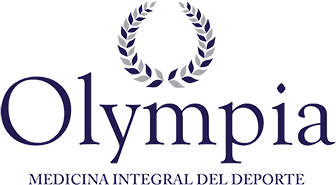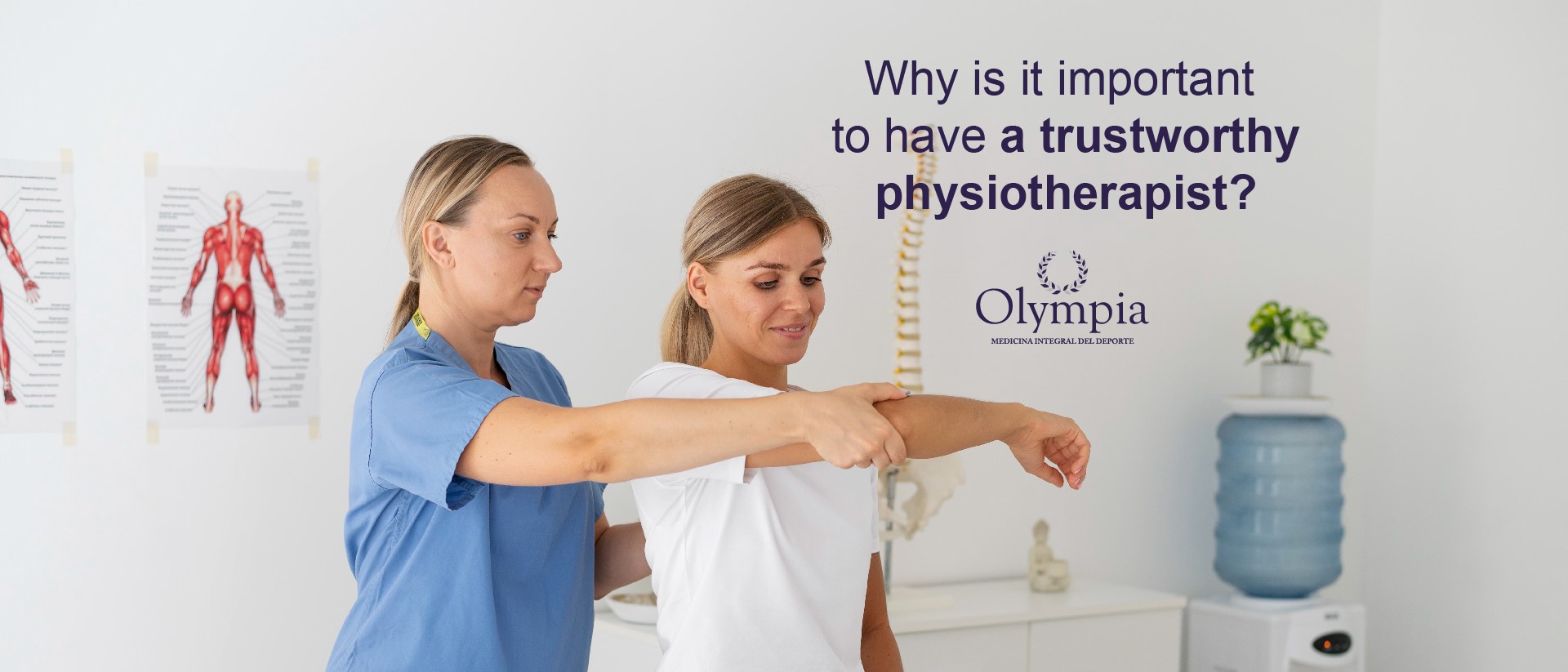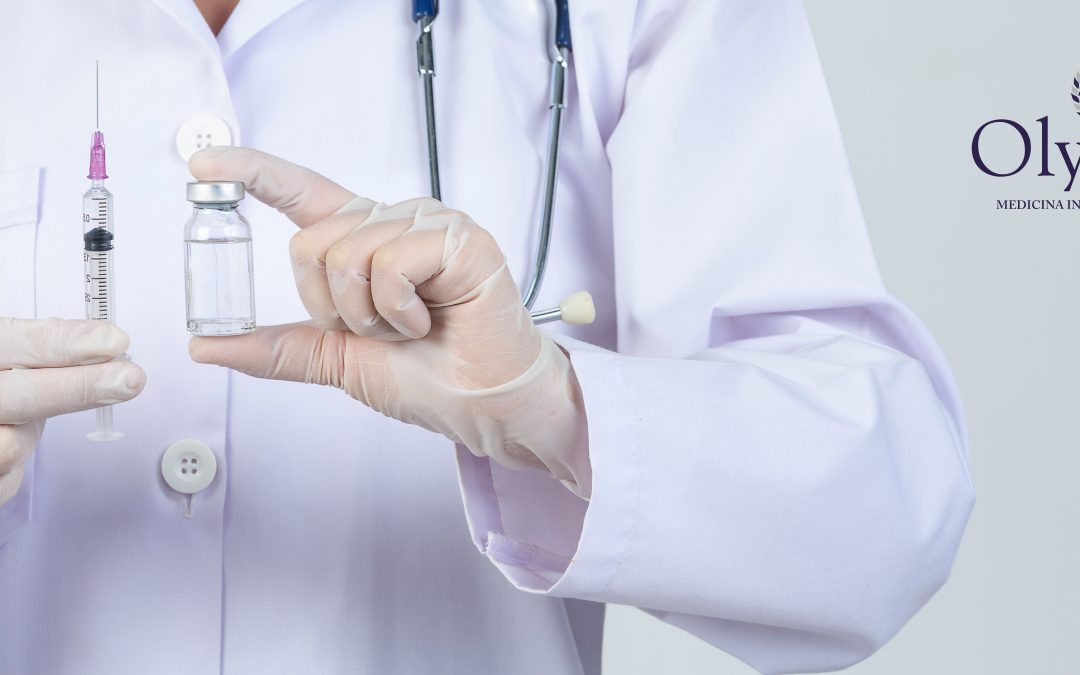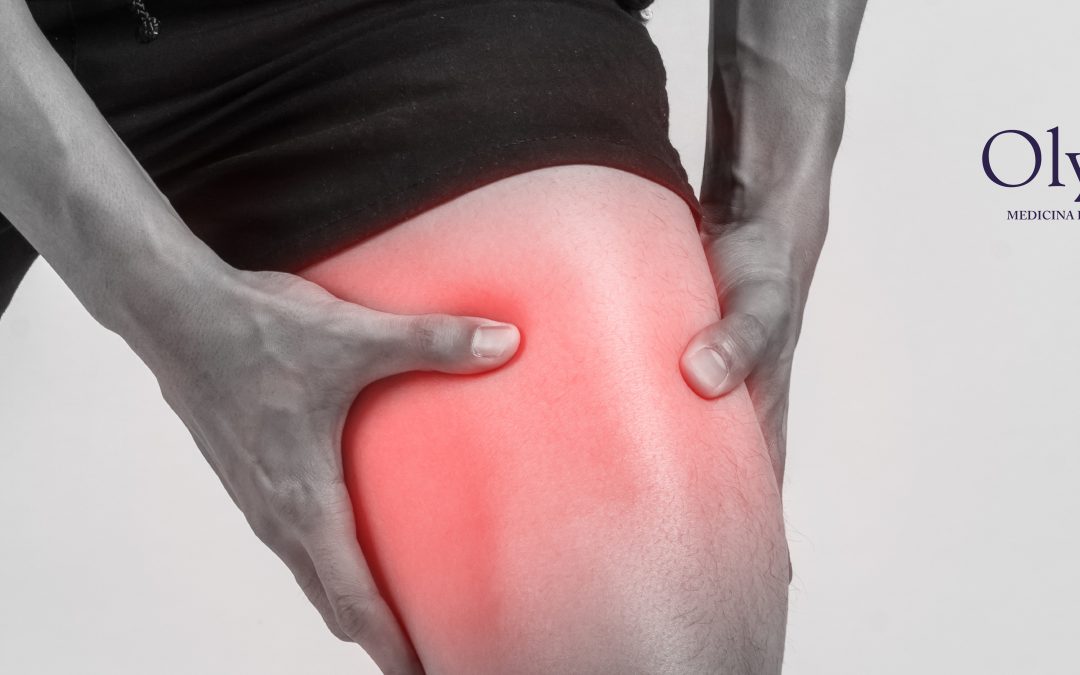What is a stem cell treatment and when is it indicated?
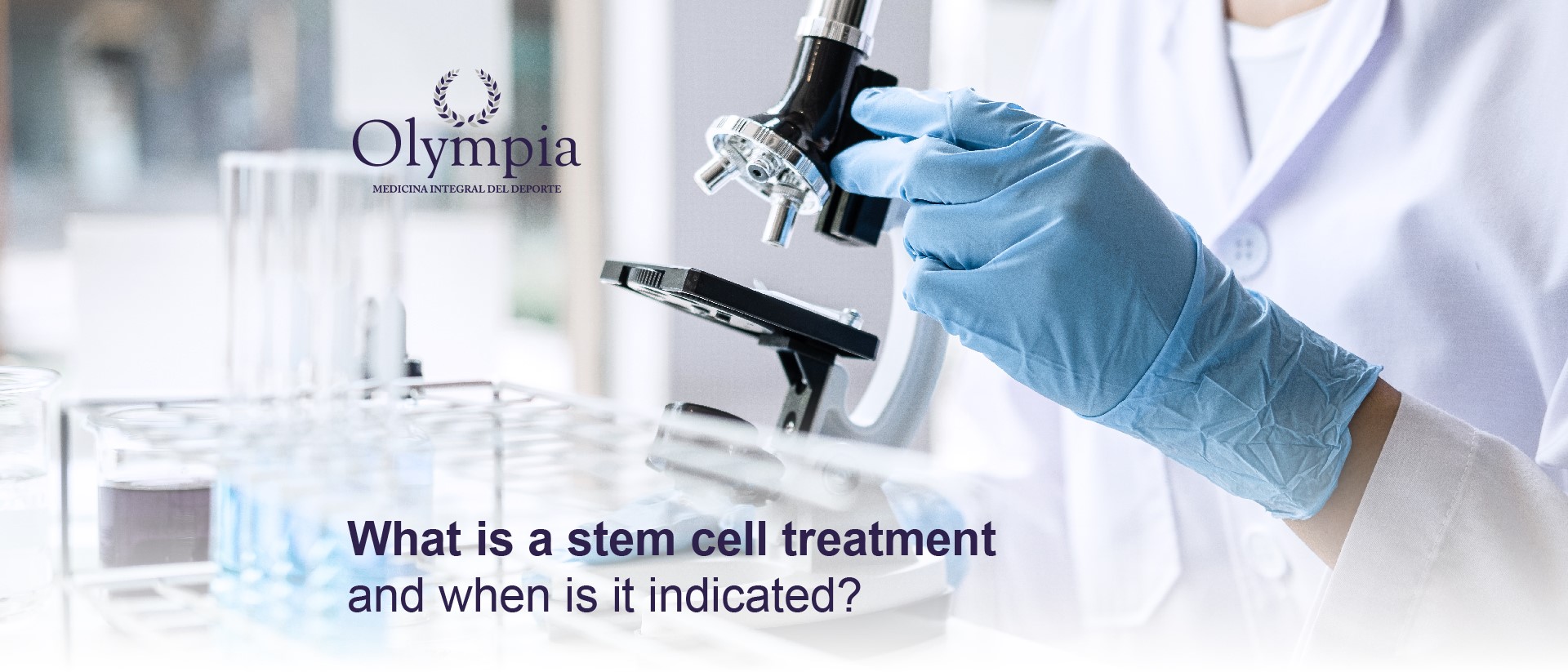
Currently there are different types of new and alternative treatments, among them you have probably heard of stem cell therapy. Stem cells are cells with the ability to become specialized cells (muscle, brain, bone, blood cells, etc.) as well as being able to regenerate and repair tissues.
Thanks to their potential to transform into specific cells, stem cells have been used for different types of therapies. Among them for the treatment of neurodegenerative, blood and heart diseases, and within regenerative medicine to treat osteoarticular afflictions.
Stem cells are injected into different sites around the injury and damaged tissue to produce an inflammatory reaction that stimulates local healing, increases tissue vascularity, and signals cell recruitment, helping ligaments, tendons, and joint cartilage to heal.
This treatment is used to treat chronic pain, joint diseases, and is most recommended for serious injuries such as severe tears, advanced osteoarthritis, and damage to the menisci in the knee. It is also indicated for the following benefits: joint stability, to slow down or reverse the progress of the damage, improvement in movement, and in some cases try to avoid surgery.
Before starting treatment, a complete clinical history and examination will be carried out, as well as complementary studies to find out if you are a candidate for treatment. It is essential to go to a specialist doctor with experience in these treatments, who will indicate if it is possible to perform it and how many therapy sessions are necessary. It is a safe and fast treatment that can be performed in the office and is an outpatient procedure, the patient does not need to be admitted. In addition, an improvement in pain of more than 85% has been reported, obviously the results depend on the age of the patient, their general state of health, type and degree of injury.
If you think you are a candidate for this therapy, do not hesitate to seek medical advice.
